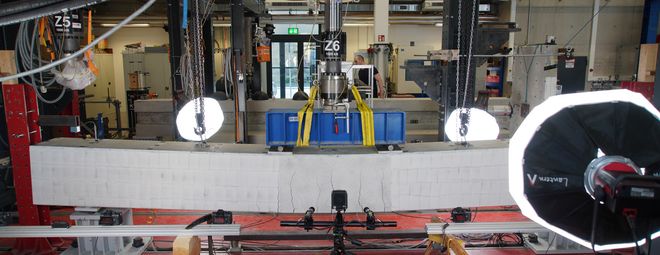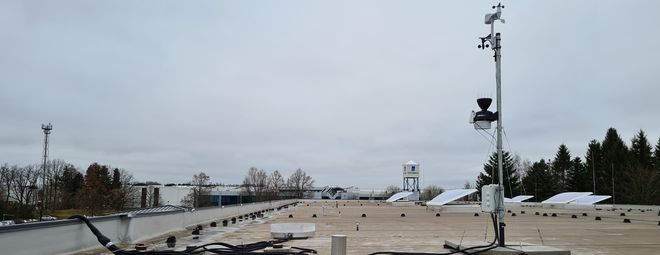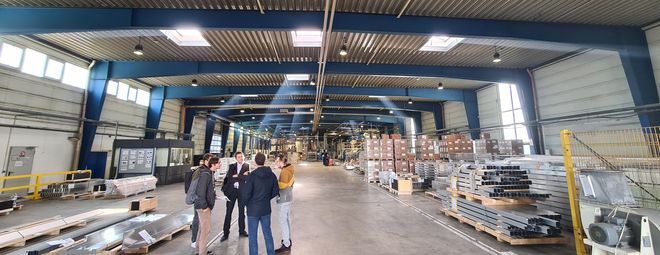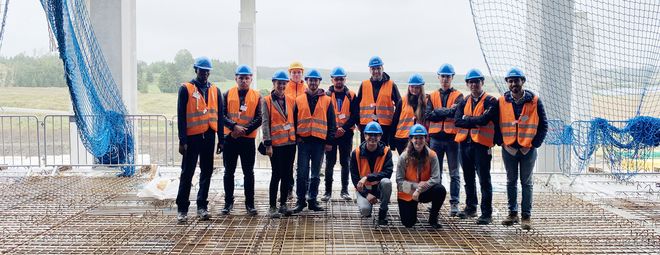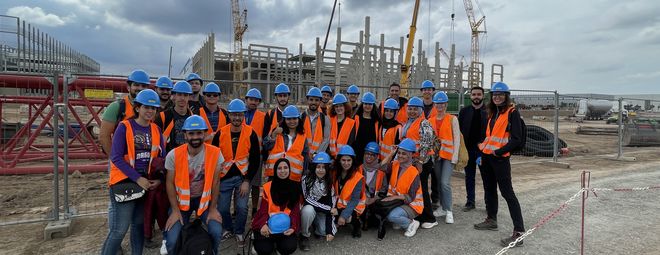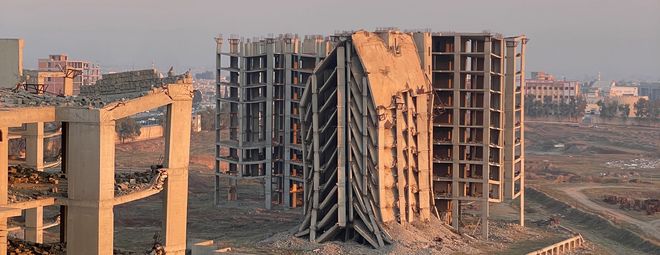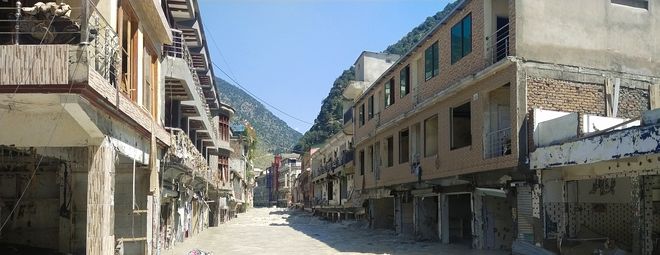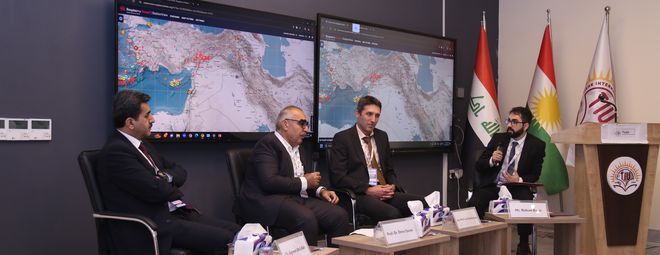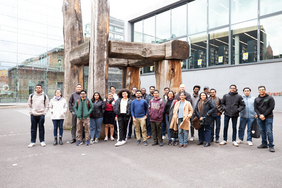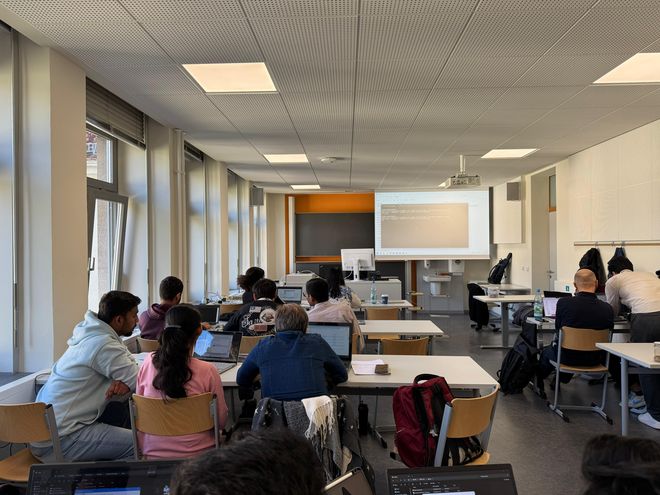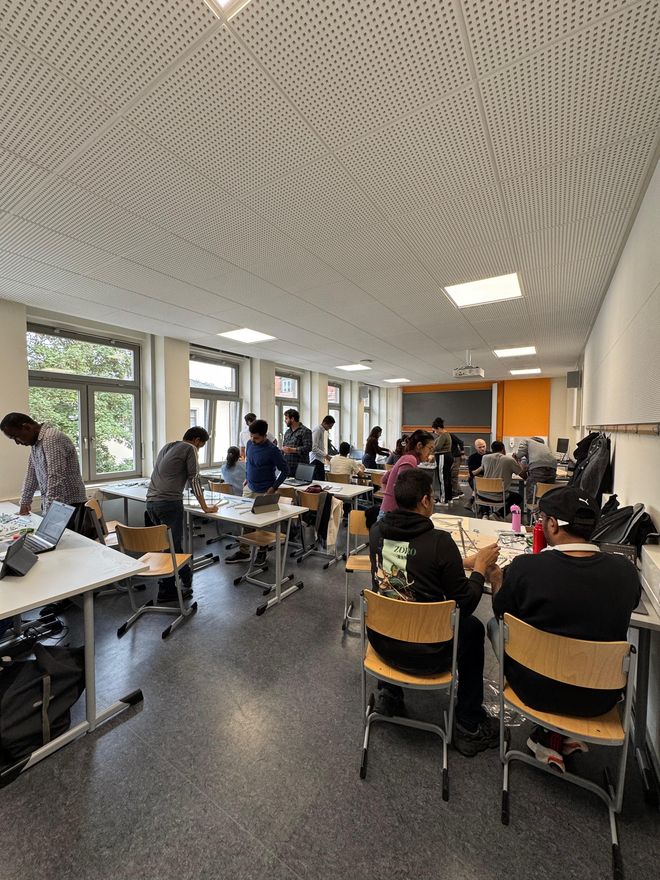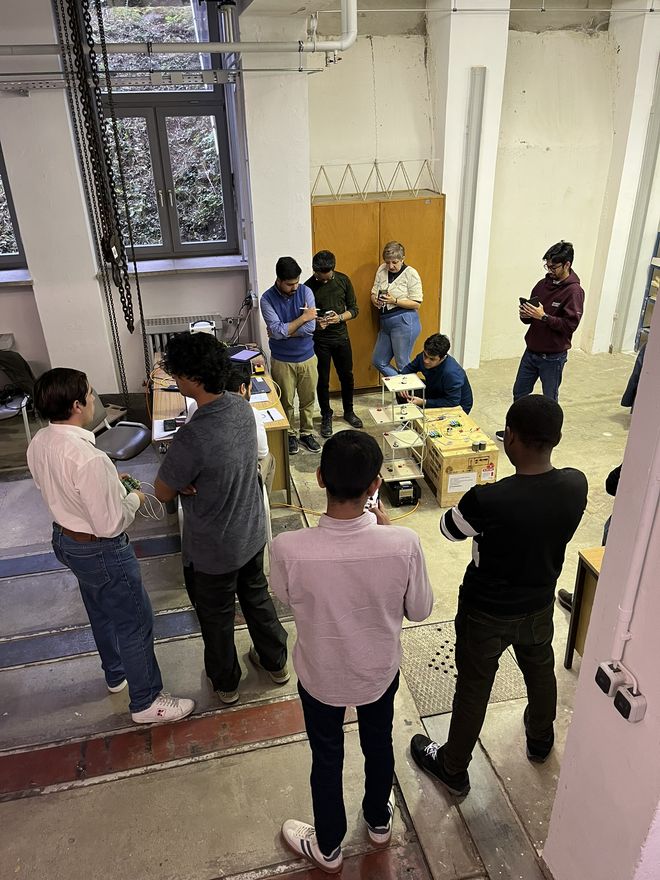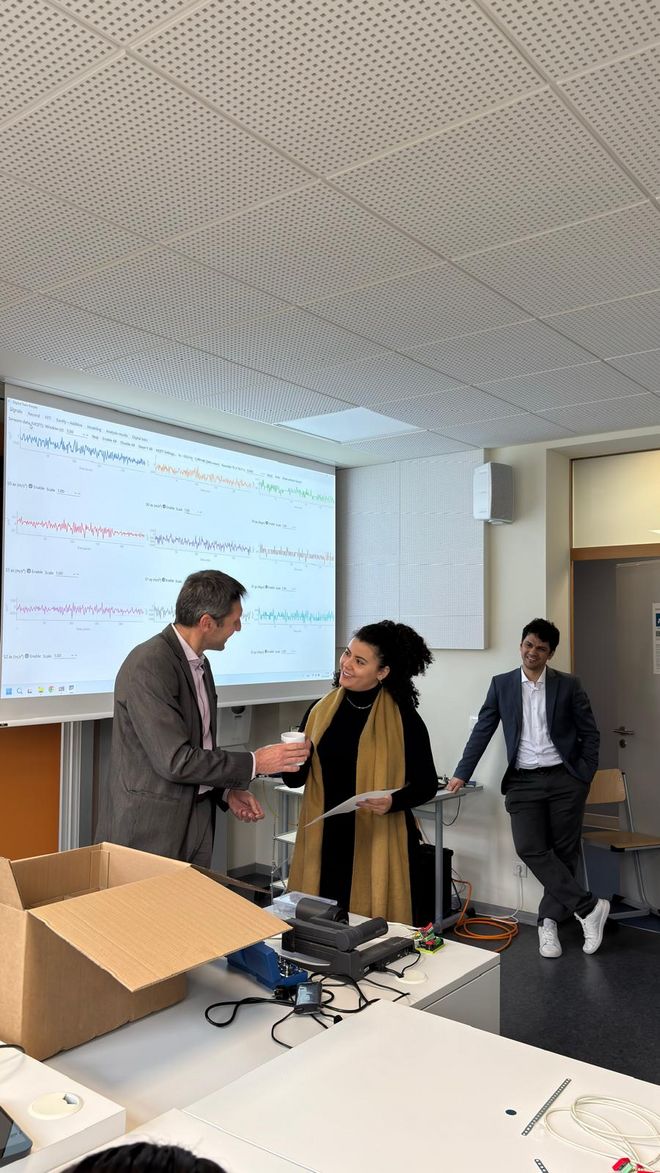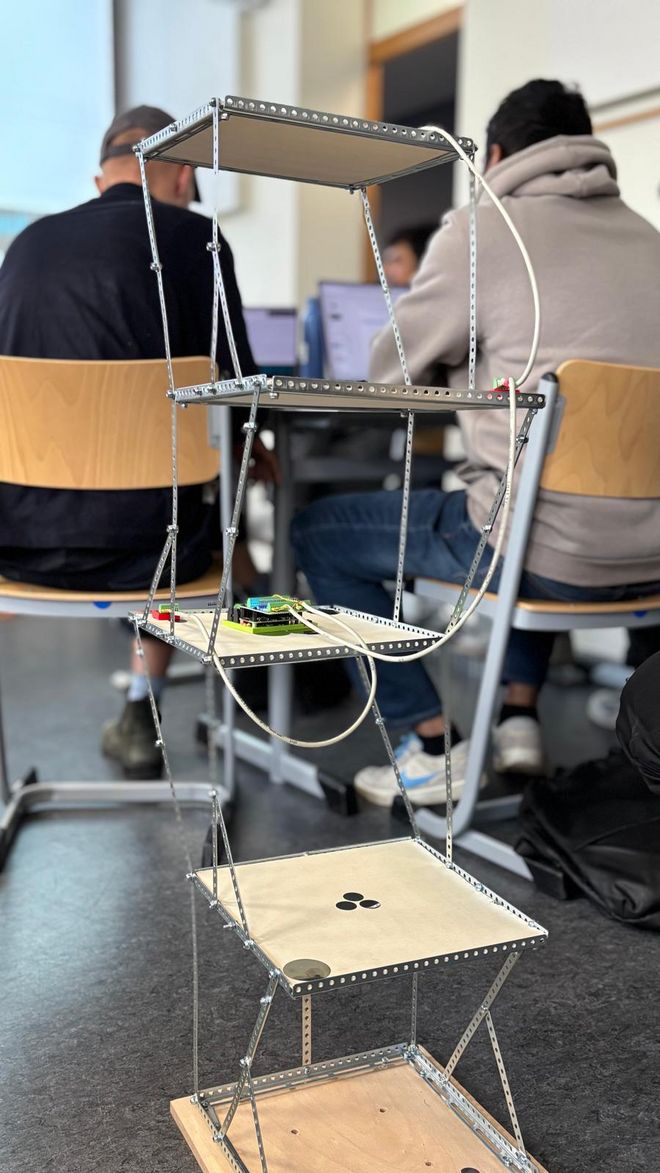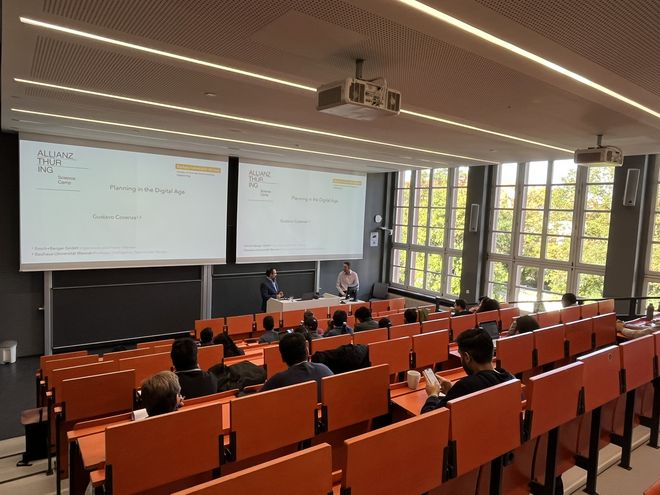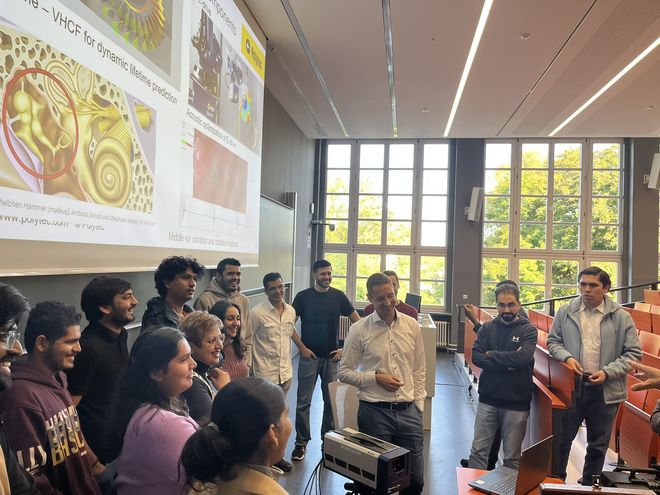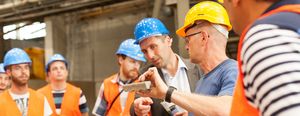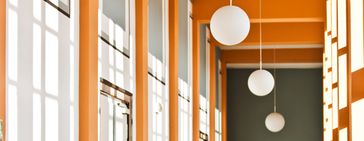The camp offered a rich, interdisciplinary learning experience, combining structural engineering, acoustics, and digital technologies. Participants explored how vibrations and sound can be used to understand the dynamic behavior and health of structures, turning complex scientific data into both analytical insights and audible experiences.
Throughout the ten-day program, students benefited from a diverse set of guest lectures by international academics and industry professionals.
Highlights included an introduction to structural dynamics (by Dr. Thomas Most), Assist. Prof. Angela Poposka (IZIIS, North Macedonia) on shaking table tests and model updating, Prof. Thomas Sattel (TU Ilmenau) on vibrations from macro to nano scales, and Dr. Tariq Maqsood (RMIT University, Australia) presenting advances in natural hazard vulnerability research.
Complementing these were sessions by Dassault Systèmes, Polytec GmbH, and Emch+Berger GmbH, offering insights into digital twins, planning in the digital age, and audio modulation in engineering — bridging academic concepts with real-world applications.
Hosted by the Chair of Advanced Structures (BUW), the Science Camp combined lectures, hands-on experiments, and collaborative workshops. Students installed and instrumented test structures, conducted shaking table tests, and developed digital twins to simulate and interpret vibration data. The program culminated in creative presentations, where teams transformed seismic recordings into sound compositions, demonstrating the harmony between engineering precision and artistic interpretation.
The ProTELC Science Camp is part of the Allianz ThürIng initiative, which promotes innovative, practice-oriented learning formats for Master and Bachelor students in STEM disciplines across Thuringia, strengthening collaboration and creativity across universities.

